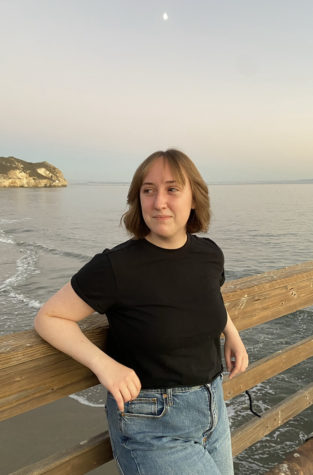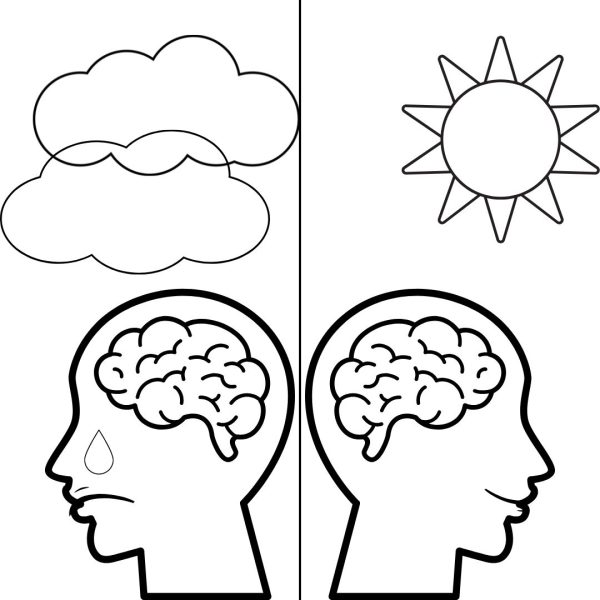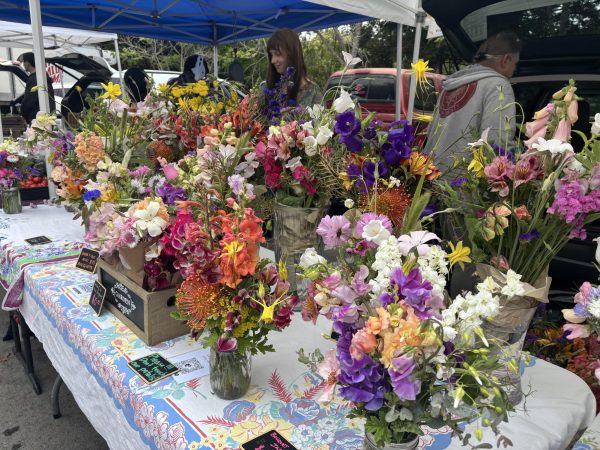Hidden in Plain Sight: Anti-homelessness architecture
A bench with armrests at 16th Street Park in Grover Beach.
Picture this: you’re going for a jog along your neighborhood’s public park. You start to get tired, the sun is out and beating down so you look for a place to rest in the shade. Spotting a bench you go to lie down, but find the bench divided, with armrests separating it into multiple seats. Your back aches but the armrests make it impossible to lie down, so instead, you sit.
While this may not seem like such a big issue, it is the harsh reality for many homeless people who, because of designs like this, typically referred to as “anti-homelessness architecture,” need to reside in uncomfortable areas going unsheltered from the night and harsh weather. These designs include but are not limited to: benches with armrests, slanted benches, random fences, and gates, etc.

One of the people involved with implementing these kinds of structures in public spaces is Matthew Bronson, the city manager of Grover Beach.
“I’ve always had a passion for service… being somebody who can have a job whose role it is to make a community better,” he said. “It’s been a very rewarding career.”
Just recently, the city council got together to discuss the master plans for Ramona Garden Park in Grover Beach, and one of the things considered was how to best make the park available for everyone, and limit the possibility of people without homes camping out for long stretches of time.
“We did take some steps to move some things around to allow for that intended use… we’re not trying to be oppressive as a city,” Bronson said. “We’re trying to be compassionate as a city, but still maintaining a degree of public order, in how our public spaces look, how inviting they are…”
“Our intended purpose of a park is to be an inviting, welcoming, attractive facility for all to enjoy. If you’re a family and you’re bringing your kids to a playground, you want to go to a park that looks nice, that has everything well maintained. If there are individuals sleeping on a bench near a playground… that’s not as inviting for a community member.” Bronson added.

While there appear to be many reasons to implement anti-homelessness architecture into public spaces and everyday life, the main issue people find with it is that it doesn’t seek to solve the root cause of homelessness. It doesn’t take any steps to prevent or help the problem. However, solving the issue entirely is harder than it sounds.
“Homelessness is I think the most difficult problem we face in our community because there are so many dimensions to it,” Bronson said. “Some in the community say ‘take care of it, fix it, figure it out that’s your job,’ well that is not an easy proposition. Because you’re dealing with people’s lives, lack of housing, mental health issues, substance abuse issues… We can’t just fix it overnight. We have to work within the system we have and the laws we have.”
As of right now, South County does not have any alternative places for homeless people to reside. But, temporary and permanent housing spots are in the works.
“In Grover Beach at the corner of 16th and Longbranch… There will be 20 individual cabins set up, beginning in early 2022. That will provide a safe housing space with county services, public health services right there on sight,” Bronson said.
While there is still much to be done, it’s important to focus on what we can do now.
“That will be a step forward, not a permanent solution but a step forward,” Bronson said. “We’re also working with the 5-cities homeless coalition on other opportunities for temporary or permanent shelter spaces… that takes time and money but we’re working diligently now to create those spaces.”

“There are things that can be done, donating time, money, or goods, to agencies like the 5 Cities Homeless Coalition, Salvation Army… those things matter because those agencies are on the front lines helping those in need,” Bronson added.
There is still a long way to go before homelessness is eradicated, but helping out is a step in the right direction. Next time you go out for a walk, keep an eye out for anti-homelessness architecture, you will probably see it a lot more than you’d think.

Grace LeVeque is a senior at Arroyo Grande High School, and she's ready for her second year in Newspaper. She loves listening to music, reading books,...






